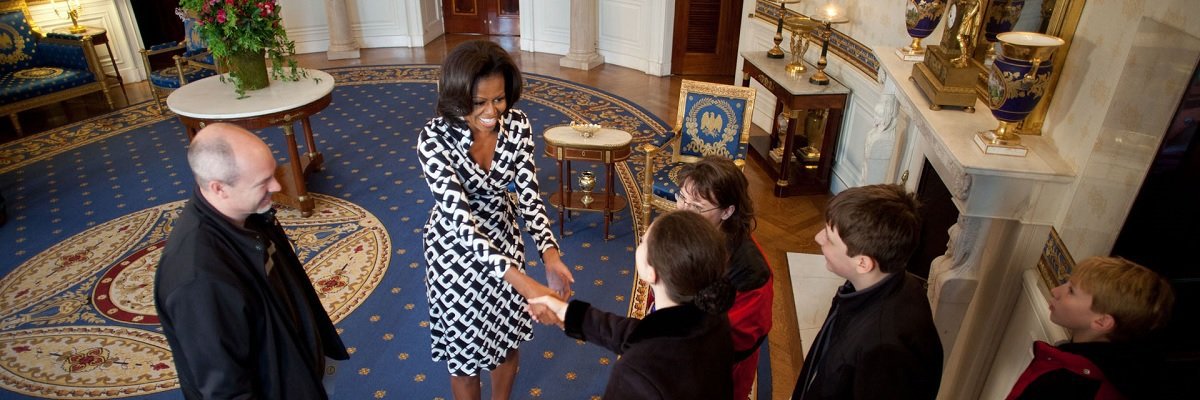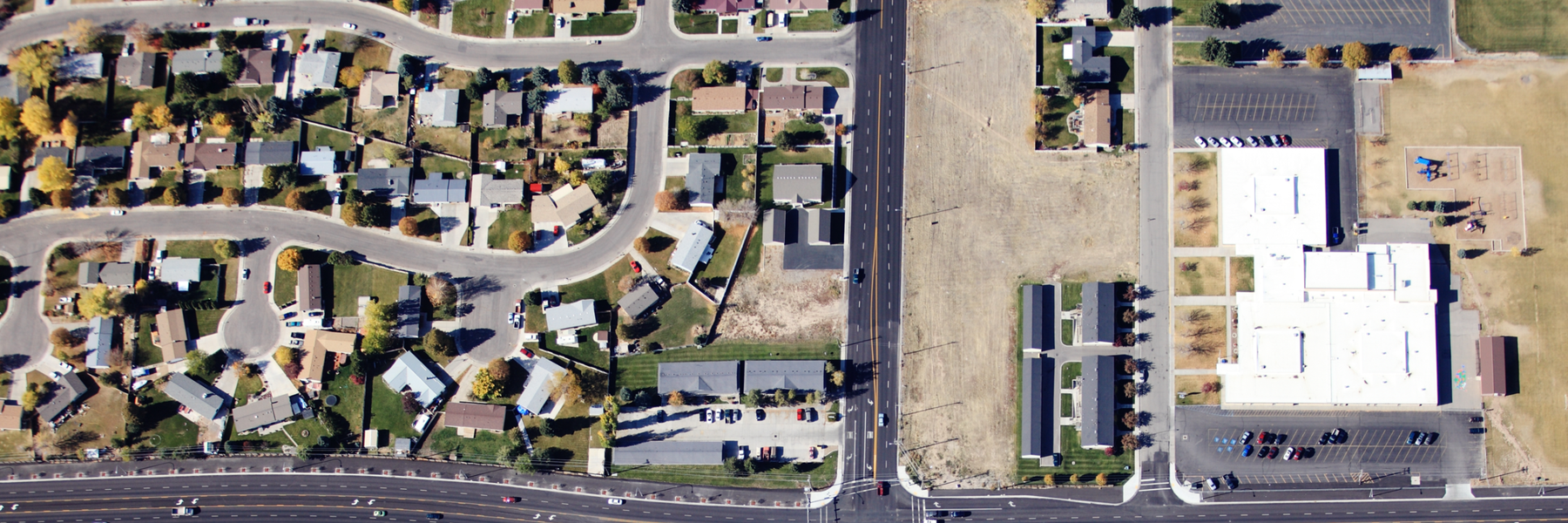Until late in George W. Bush’s administration, White House visitor logs appeared to receive only occasional attention. During the Clinton years, Congressional investigators dug into them as they waded through Whitewater, while under Bush critics used them to better understand the influence Jack Abramoff was able to buy. But unless current legal efforts are successful, whatever access to the public had to seeing who stopped by 1600 Pennsylvania Ave might soon be gone for good.
Why White House visitor logs were (kind of) subject to FOIA in the first place
The White House itself is not directly subject to FOIA: Like Congress and the judiciary, it is exempt. But the Secret Service, which manages who gets in to the White House, is not exempt. Since March 1, 2003, the Secret Service has been a component of the Department of Homeland Security, and before that it was under the Office of the Treasury.
But things get a little trickier when an agency is handling records related to the president. In addition to the standard FOIA exemptions, agencies often consider White House equities.
Under President Barack Obama, critics charged that his administration used White House equities (records that the president had a substantial involvement in) to slow or deny access to a broad variety of records, but the practice went back to the Reagan years. Essentially, the argument is that the executive privilege that the White House has makes these records exempt, even if they happen to be in the physical possession of an agency.
That debate came to a head with two important lawsuits.
Secrecy, settlements, and setbacks
For several years, Judicial Watch had gone after documents that the organization said would highlight the influence of lobbyists and others on the White House, and part of their requests was for visitor logs detailing visits by specific persons.
And some of those requests were successful, such as the 2006 release of details on visits by Jack Ambramoff. But at the time, Judicial Watch president said the organization had “reason to believe there are additional details about Jack Abramoff’s visits to the White House that have not been disclosed,” and broader requests were rejected.
Meanwhile, in 2009 Citizens for Responsibility and Ethics in Washington (CREW) sued for access to further White House lobbying records. At that point, the Obama administration pointed to other precedent from the Bush era that claimed White House visitor logs as presidential records, not agency ones, and as such were exempt from disclosure.
That lawsuit ultimately ended in a settlement: The White House would voluntarily release visitor logs on a rolling basis, with a few important exceptions, as Politifact noted :
- personal information such as dates of birth, Social Security numbers or phone numbers
- information that would be of concern to law enforcement or a threat to national security interests
- personal guests of the president and vice president and their families (“i.e., visits that do not involve any official or political business”)
- records related to a “small group of particularly sensitive meetings (e.g., visits of potential Supreme Court nominees). The White House will disclose each month the number of records withheld on this basis, and it will release such records once they are no longer sensitive.”
As CREW noted at the time, it was a historic settlement , even with the exemptions, but it was also one that was not a legally-binding precedent.
Unfortunately, that precedent would come in August 2013.
Judicial Watch, unsatisfied with the CREW settlement, sued. Although they initially won in 2011, on appeal it was decided that Visitor Logs were indeed covered by a president’s “constitutional right to confidential communications.” That opinion was authored in 2013 by Judge Merrick Garland.
Why it matters
Despite that 2013 opinion, the Obama administration continued to release millions of entries.
Many of these releases enabled the public to better understand who was influencing the White House, including frequent visits from Google executives as well as regular drop-ins from future Secretary of State Rex Tillerson, who was lobbying against sanctions against Russia in his role as chief executive of Exxon Mobile Corp .
Round ups of who was in (and out) of the White House social circuit appeared frequently in the news, and while it was true that much lobbying activity was simply moved across the street to Caribou Coffee, these logs still proved a useful window into whom our highest elected representative was spending their time with.
It is perhaps worth noting that visitor logs always seem a much higher priority to whichever party happens to be out of power at the moment, but beyond partisan motivations these logs also served as an important reminder that the White House is ultimately the people’s house, no matter its current resident.
What’s next
There is some hope, however slight. The Garland opinion, which found that the records are exempt from FOIA, only applies to the DC circuit. Hoping to reverse that precedent, the National Security Archive, CREW, and Knight First Amendment Institute at Columbia University joined together to sue to open the visitor logs back up — as well as to open up the Secret Service logs for Trump Tower and Mar-a-Lago.
The National Security Archive details much of the background to its case, as well as the request it filed, on its website.
Image via Obama White House Archives




